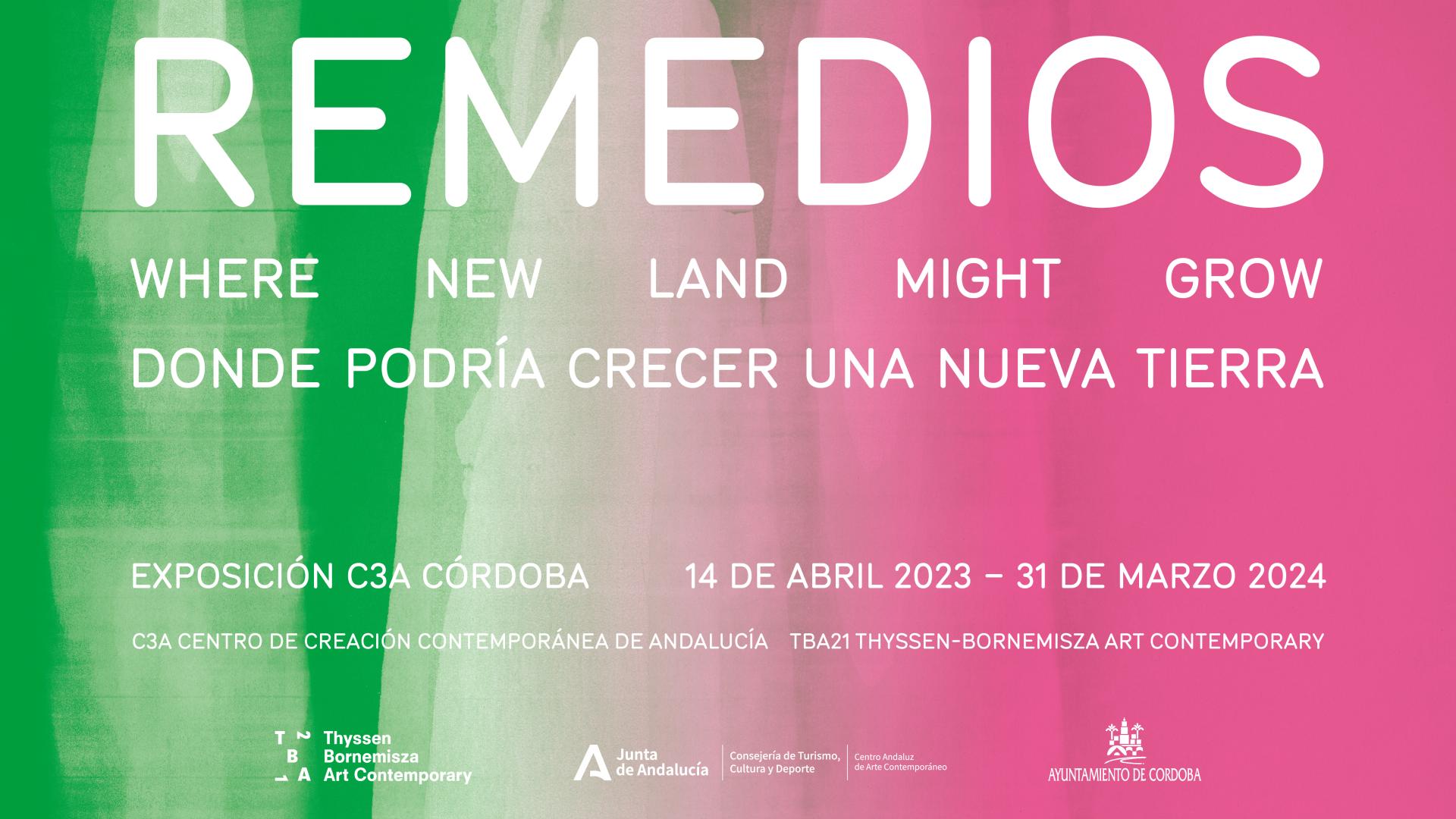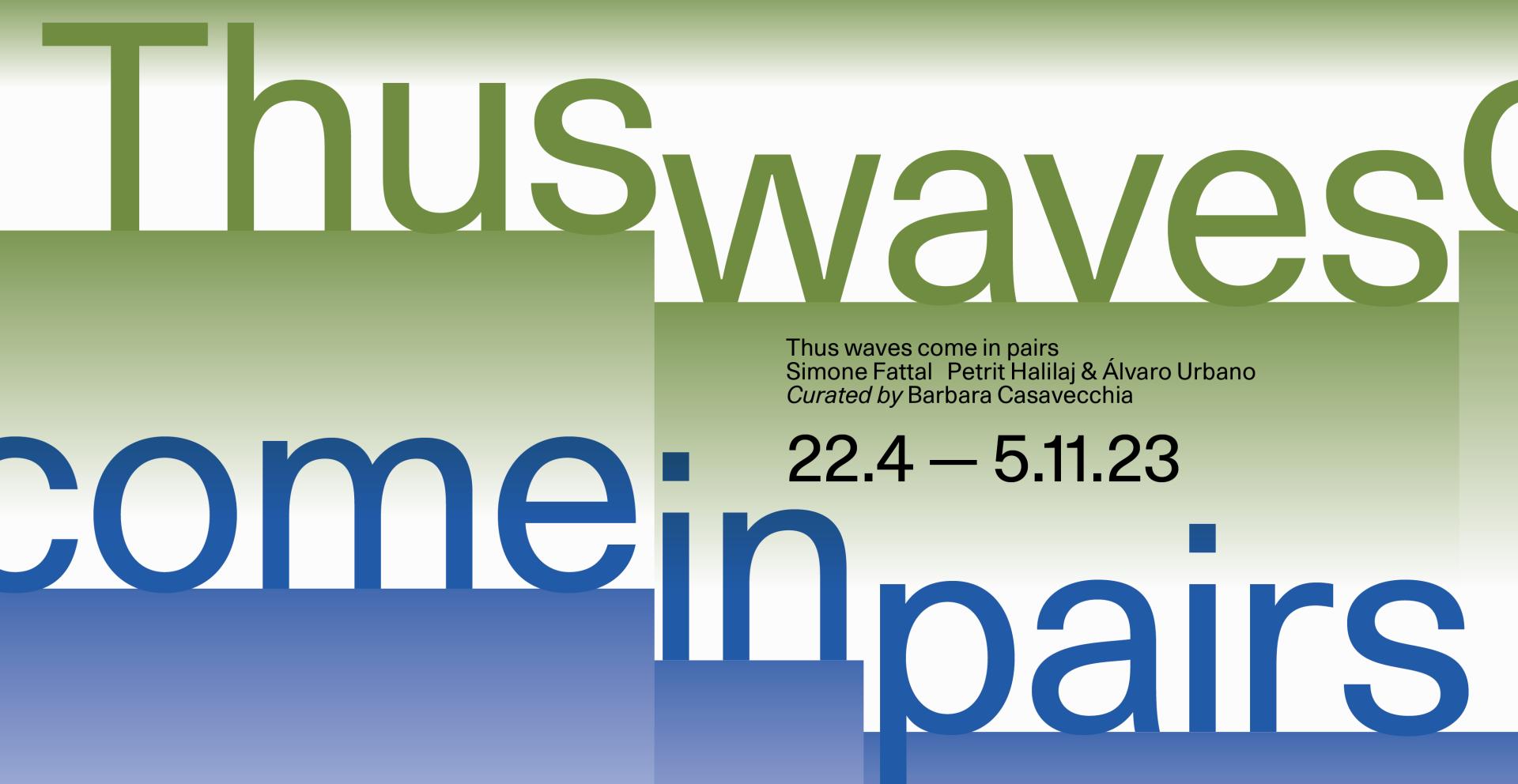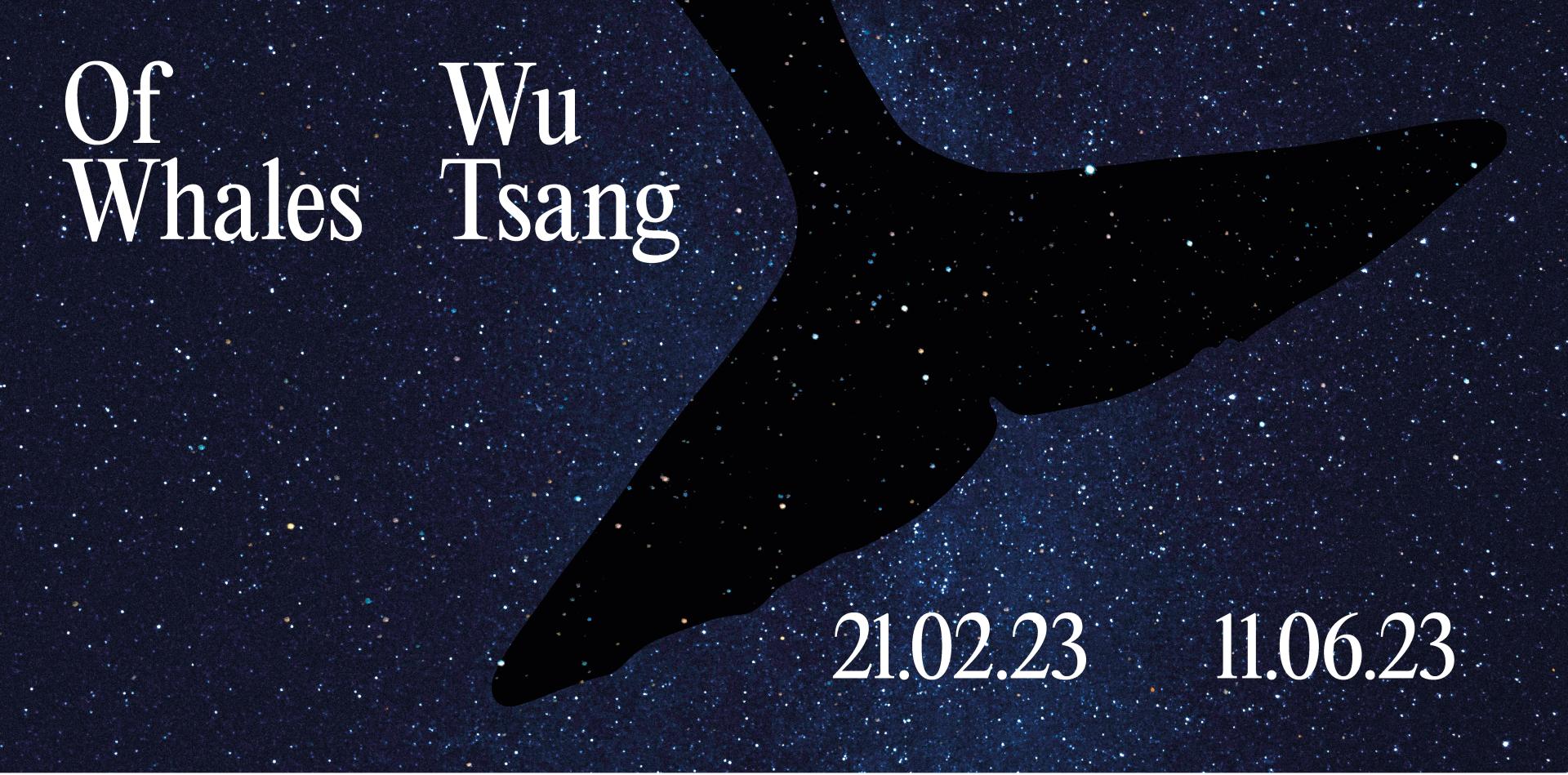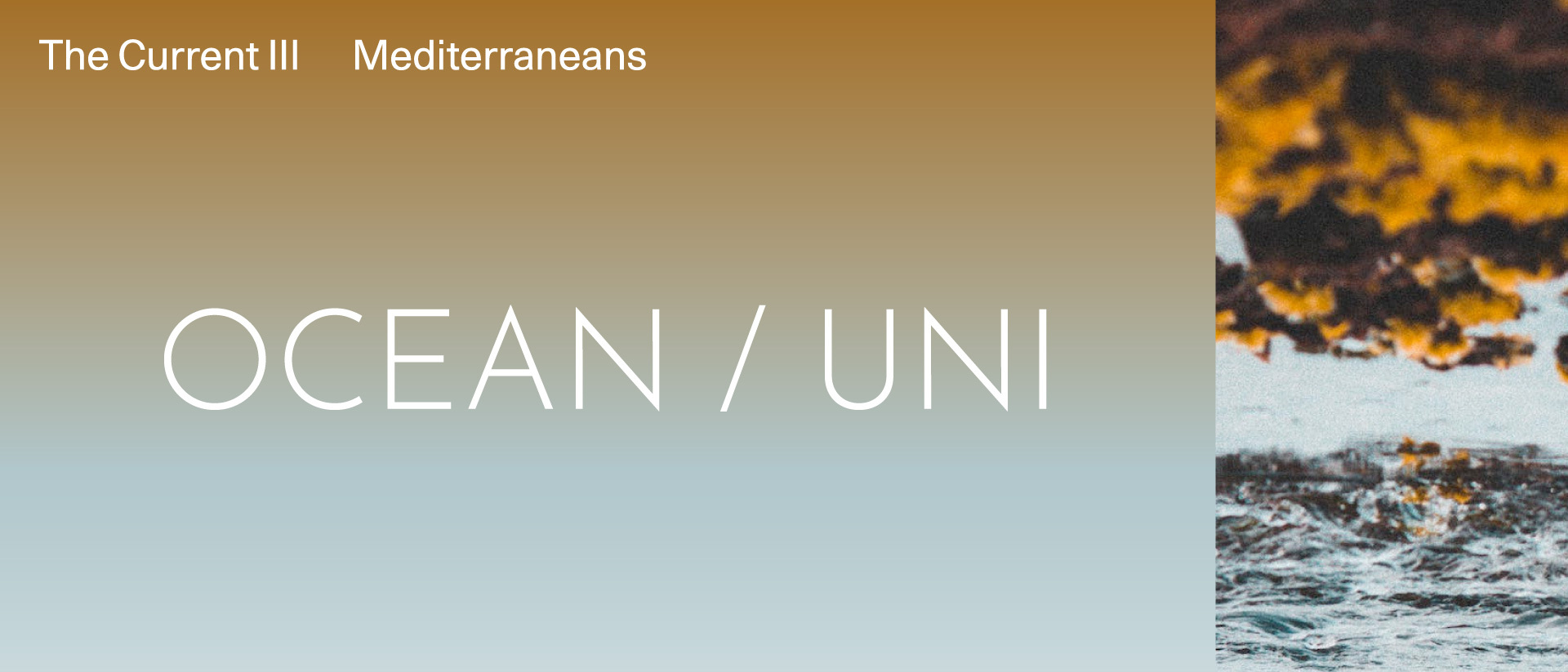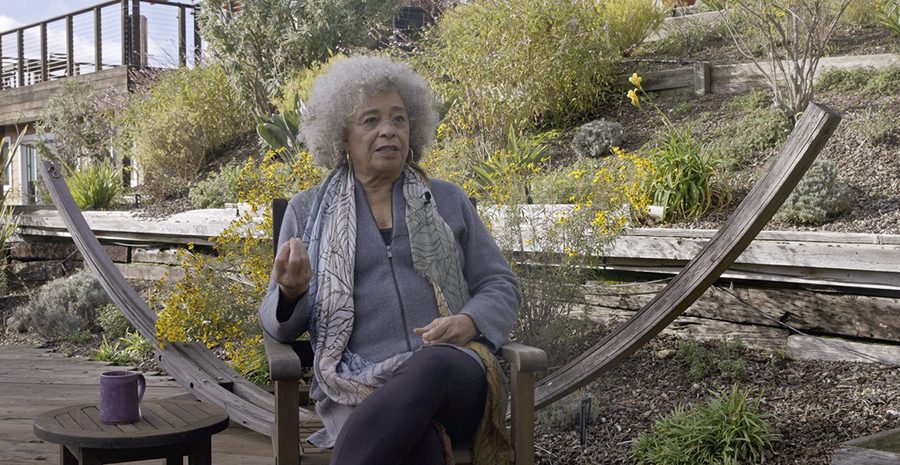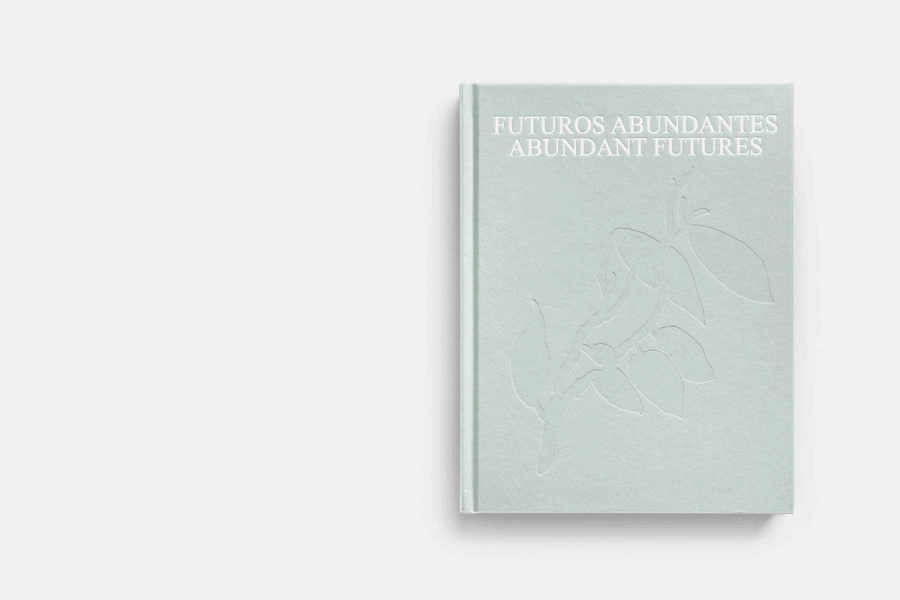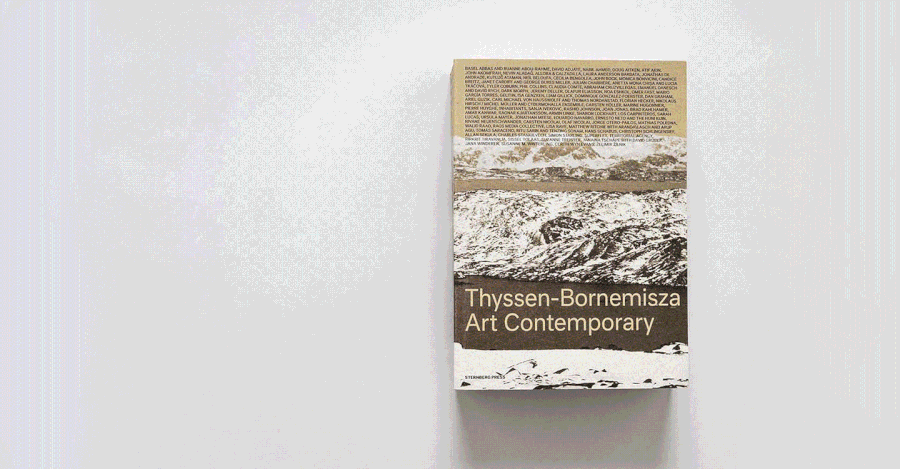Rodakis, 2007
Olaf Nicolai

© Bildrecht, Vienna, 2020
Still: Courtesy the artist | Galerie EIGEN+ART, Leipzig & Berlin
Still: Courtesy the artist | Galerie EIGEN+ART, Leipzig & Berlin
Collection
Single-channel video installation, color, sound
11 min 47 sec
Rodakis is the portrait of a person, taking the form of an architectural documentary. The video the fruit of Olaf Nicolai's long research on the history of a house that has haunted the history of Greek modernism and the ideologies about Greek popular tradition. It was built in Aegina in the late 19th century by Alekos Rodakis, a craftsman we have no other biographical information about. The German archaeologist Adolf Furtwängler documented the house a few years later. In the late 1920s in Munich, Dimitris Pikionis discovered Furtwängler's designs and he recognized in the house. K. Frieslander's edition in 1934, a Julio Kaimi's essay, the Austrian architect's Adolf Loos reference to the house, all contributed to the creation of a strange architectural legend, which has shifted the imaginary object from the house itself to its successive readings, from Rodakis to Furtwängler, Frieslander and mainly Dimitris Pikionis. Rodakis, the craftsman, has been silenced throughout this story as we know nothing of his biography. Olaf Nicolai tries to reconstitute a fictitious biography, in the sense of Marcel Schwob: contrary to the historical science "which reveals only those traits of the individuals that have been associated to general activities (...) art describes and desires only the individual element". In order to do so he employs a psychic that is a representative of a clearly irrational discourse. Therefore he contrasts the architectural meta-language - which in its effort to systematize has precisely forgotten the individual as a source of material and has created a metaphysics of classification - to the metaphysical language of a psychic who re-introduces the individual to create a new system; no less reliable, no more arbitrary but equally fascinating. – Theophilos Tramboulis
11 min 47 sec
Rodakis is the portrait of a person, taking the form of an architectural documentary. The video the fruit of Olaf Nicolai's long research on the history of a house that has haunted the history of Greek modernism and the ideologies about Greek popular tradition. It was built in Aegina in the late 19th century by Alekos Rodakis, a craftsman we have no other biographical information about. The German archaeologist Adolf Furtwängler documented the house a few years later. In the late 1920s in Munich, Dimitris Pikionis discovered Furtwängler's designs and he recognized in the house. K. Frieslander's edition in 1934, a Julio Kaimi's essay, the Austrian architect's Adolf Loos reference to the house, all contributed to the creation of a strange architectural legend, which has shifted the imaginary object from the house itself to its successive readings, from Rodakis to Furtwängler, Frieslander and mainly Dimitris Pikionis. Rodakis, the craftsman, has been silenced throughout this story as we know nothing of his biography. Olaf Nicolai tries to reconstitute a fictitious biography, in the sense of Marcel Schwob: contrary to the historical science "which reveals only those traits of the individuals that have been associated to general activities (...) art describes and desires only the individual element". In order to do so he employs a psychic that is a representative of a clearly irrational discourse. Therefore he contrasts the architectural meta-language - which in its effort to systematize has precisely forgotten the individual as a source of material and has created a metaphysics of classification - to the metaphysical language of a psychic who re-introduces the individual to create a new system; no less reliable, no more arbitrary but equally fascinating. – Theophilos Tramboulis
Olaf Nicolai (*1962 in Halle, living and working in Berlin, Germany) is considered one of Germany’s leading artists, Olaf Nicolai takes on a range of conceptual themes, from political and cultural critiques to inquiries into human perception. A recurring subject is the aesthetic appropriation of nature by human culture and design, explored through mixed-media sculptures and images, as in his juxtaposition of plant forms with depictions of hand gestures in Italian Renaissance paintings. “Questions of form, moods, attitudes, and style are not just vain play with surfaces,” Nicolai has said. “They are questions of organizational forms of activities.”
This biography is from Wikipedia under an Attribution-ShareAlike Creative Commons License.
This biography is from Wikipedia under an Attribution-ShareAlike Creative Commons License.



